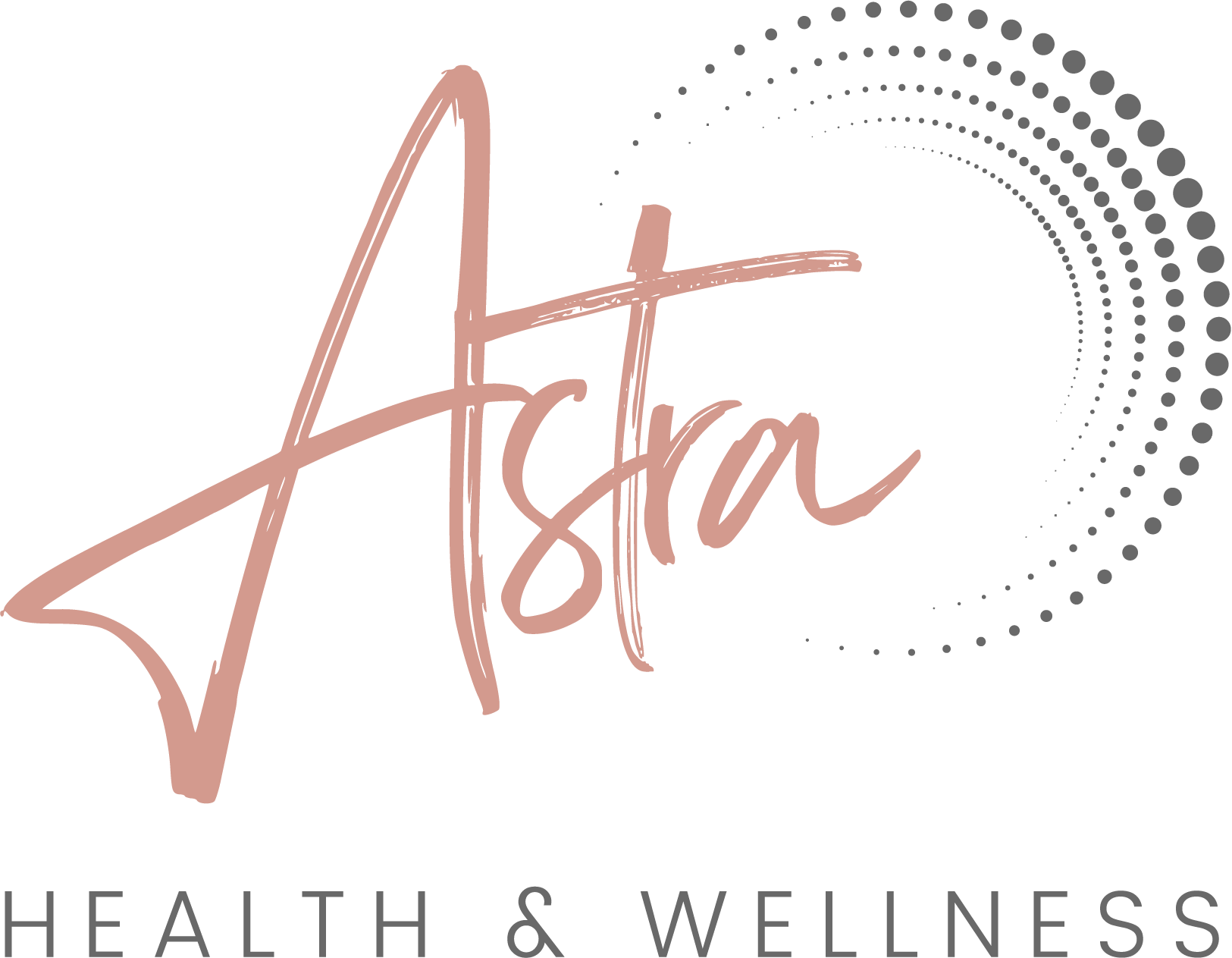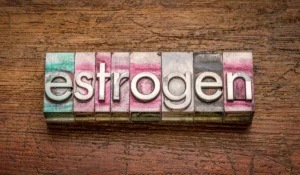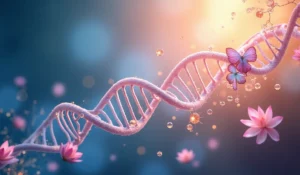Hormones do more than we often realize. They guide how our bodies feel and function every day. When they shift out of balance, even small daily routines can start to feel harder to manage. That’s especially true around midlife when energy, sleep, and mood can feel unpredictable.
For many, bioidentical hormone therapy becomes part of the conversation when these changes go beyond what feels manageable. It’s not about fixing everything overnight. It’s about helping the body find a rhythm again. We’re walking through what this type of therapy is, how it works, and who might want to learn more about it as they notice changes in their own routines.
What Happens When Hormones Shift
Hormones play a big role in how we think, feel, and live day to day. They help manage things like metabolism, mood, sleep, and even memory. As we get older, hormone levels naturally start to change. These changes might not be obvious at first, but little by little they add up.
- Some people feel drained even after a full night of rest
- Others struggle with moods that shift quickly or feel stuck in ongoing worry or sadness
- Sleep becomes lighter or more broken, making mornings harder
- Thinking might feel slower or more foggy than it used to
These shifts can start to weigh on familiar parts of life. Work becomes more tiring, focus takes more effort, and small things may feel harder than they should. When those feelings become regular, it can be a cue to ask if hormone levels are part of the picture.
Hormones work in harmony with many body systems, so a shift in one area can ripple into several others. Someone who feels energetic and focused one month might find the next that simple tasks leave them worn out or frustrated. Even a slight drop or spike can lead to a mix of physical and emotional changes. This is why learning about how hormones work can help explain a lot. It’s also why some days can feel so different from others, even when routines or habits stay the same.
What Is Bioidentical Hormone Therapy?
Bioidentical hormone therapy is one way we work with our bodies when hormone levels become unbalanced. The word “bioidentical” might sound complex, but it really just means that the hormones used are built to copy the ones the body already makes.
That’s one of the key differences between bioidentical hormones and some other types of hormone treatments. These hormones have the same structure as the body’s own, which can make them feel more natural during use. Instead of forcing big changes, the goal is to work with the body’s rhythm and supply what’s now missing or uneven.
It’s not a one-size-fits-all approach. Because each person’s symptoms and needs are different, therapy plans based on bioidentical hormones often take those details into account. That can make a big difference in how the treatment feels and how it fits into real life.
At Astra Health and Wellness, we use detailed bloodwork to tailor hormone therapy according to your unique needs, helping address symptoms at the root level.
Another important part of this therapy is that it tries to bring someone’s natural balance back without overwhelming their system. For many, starting bioidentical hormone therapy is a gentle process, with doses customized and closely monitored to match individual patterns. This way, improvement can be steady and changes easier to notice and adjust to, which often helps people feel better without sudden ups and downs.
The Different Ways Therapy Can Be Given
When talking about hormone therapy, people are often surprised at how varied the options are. There isn’t one single way it’s given, which means it can be adjusted around both symptoms and lifestyle.
- Creams that are applied directly to the skin in small amounts
- Pellets placed under the skin that release hormones over time, often lasting months
- Patches that go on the skin and stay for a set number of days
Each method comes with its own rhythm and pros. Some people like the ease of not thinking much about it day to day, so they prefer pellets. Others may want more flexibility and choose creams or patches instead. The right method is usually based on how someone feels, what symptoms are most noticeable, and how simple they want the routine to be.
We offer all three administration options, making it easy for patients in St. George, Utah, to find a solution that works well with their lifestyle.
It’s not something you need to figure out on your own. Many people try one method, check in with a provider, then make small adjustments over time until it feels like a good fit.
Sometimes, a provider may suggest starting with one delivery type and changing to another as needs shift. Flexibility is built into the approach, which means therapy can keep pace with real-life changes. Everyone’s schedule and comfort level are unique, and it’s perfectly normal for routines to grow or change as treatment continues. It’s one more way that this therapy respects your experience and comfort from season to season.
Who Might Benefit From Treatment
There are a few common signs that hormone levels might be off. Sometimes they come alone, other times they overlap and make each other feel worse. Here are a few to keep in mind:
- Constant low energy that sleep doesn’t fix
- Ongoing brain fog or forgetfulness that doesn’t get better with rest
- Mood changes like unexpected irritability, anxiety, or sadness
- Sleep problems that feel new or disruptive, even without clear cause
We notice in seasonal times like late fall that more people start asking about hormone support. Shorter days, colder nights, and less daylight can make tiredness and mood swings feel even heavier. People living in areas like St. George, Utah, may feel these seasonal changes more sharply, which makes fall a good time to check back in with the body.
Working with someone who really understands hormone health matters. Symptoms often overlap with other health issues, and it helps to have someone look at the bigger picture, not just one symptom at a time. The right kind of support listens, answers questions, and builds a plan that makes sense for the life you actually live.
This list of symptoms isn’t limited to one age group or gender, though they are very common in midlife and menopause. Hormones can affect people as they age or during big changes like pregnancy, stressful years, or when starting some new medications.
The important thing is noticing what feels different or not quite right, even if symptoms seem small or scattered at first. Bringing those details up with a provider can help piece together a fuller picture of what’s happening and how to start feeling better.
Next Steps for Restoring Your Well-Being
Feeling off doesn’t always mean something is seriously wrong. Sometimes, it just means hormone levels have shifted in ways that the body now needs help adjusting to. Paying attention early, rather than pushing through until symptoms overwhelm day-to-day life, allows space for better support.
Bioidentical hormone therapy can be one of the useful tools when you want to feel more balanced, rested, and clear again. Our care plans are designed to address your individual symptoms and goals, with regular monitoring and adjustments as your needs evolve.
A simple plan created with guidance and adjusted over time can bring a steady sense of ease back into daily life. Tasks feel less draining. Focus sharpens. Emotions feel more manageable. These changes may seem small when looked at one by one, but together they help restore a sense of control and comfort in everyday routines.
Noticing changes in your energy, mood, or sleep can feel overwhelming, but you’re not alone on this path. At Astra Health and Wellness, we help people explore options like bioidentical hormone therapy so you can find the right balance for your body. Our approach is all about steady support and helping you feel like yourself again. We’re here to answer your questions and work with you to develop a wellness plan that fits your goals. Reach out to get started.








